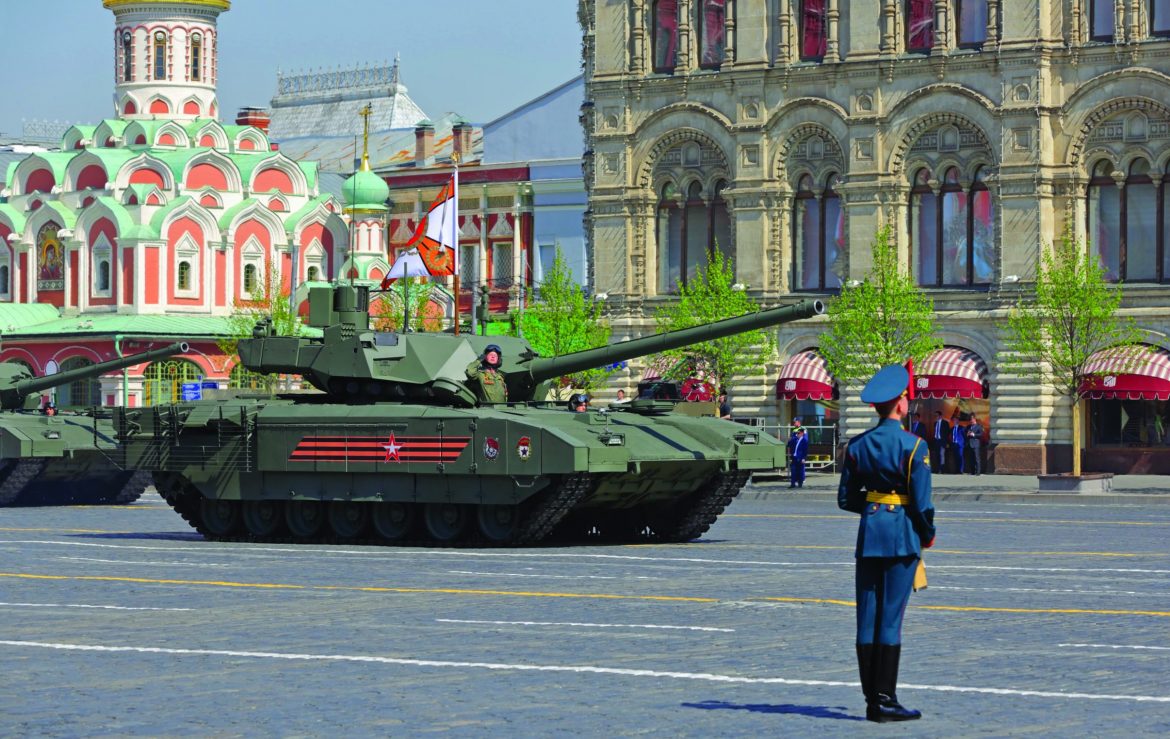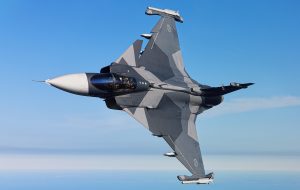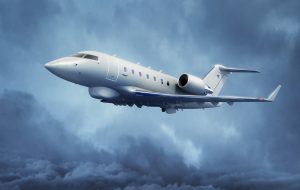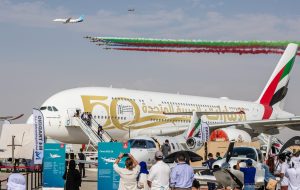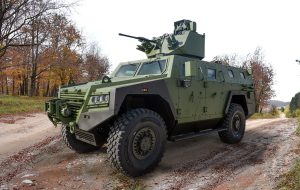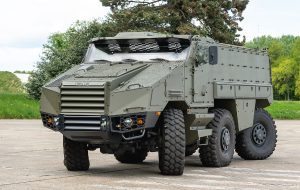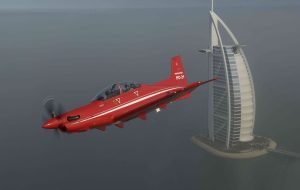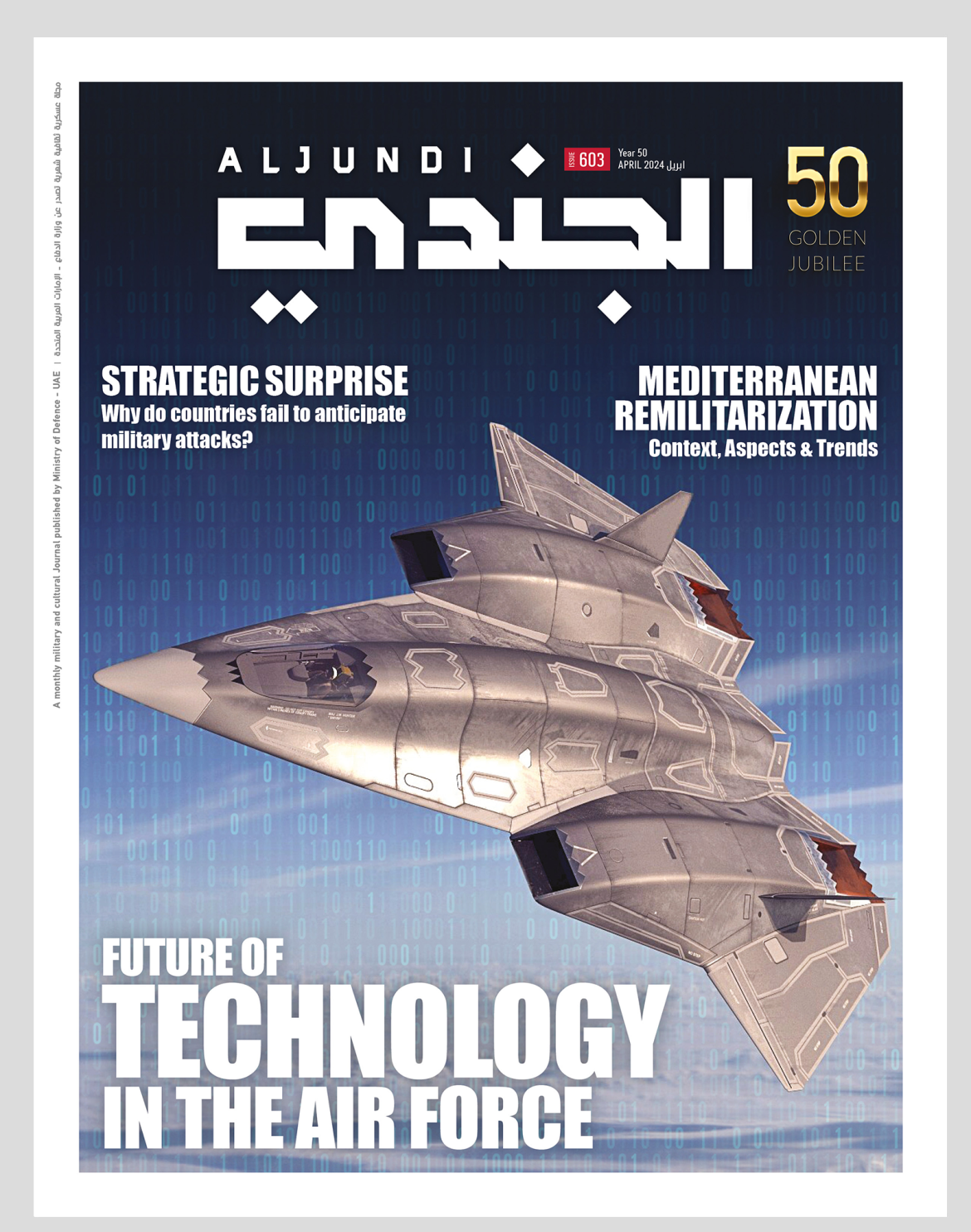Tanks play an important role in equipping the armies and military forces of any country in the world, as they have become the main striking force and the backbone of the land forces after they have proven their worth in resolving conflicts and wars in many countries, so the global powers compete to manufacture and acquire the latest and most powerful tanks and to constantly upgrade them accordingly in a way that is compatible with the development of types of weapons and battles, modern technology and artificial intelligence.
Despite the stagnation in the tank market during the past years and the resort of many countries to using their old fleets, which are still in service, as specialized reports indicate, many of the great powers still attach the utmost importance to this land weapon, due to its strategic importance and its efficiency in performing tasks .
Russia is one of the countries that attaches great importance to the manufacture of tanks of various types, as it has become the most country in the world possessing a huge arsenal of tanks amounting to 12950 different tanks according to the statistics of 2020 issued by the Global Firepower Index.
The Russian army spares no effort to show its defensive strength in various circumstances, occasions and fields, and the Russian “Bear” is constantly keen to display models of its arsenals in the famous annual military parade in Red Square in Moscow on the occasion of commemorating the victory over Nazi Germany.
During the last military parade to Moscow on the occasion of the 75th anniversary of Victory Day on June 24, 2020, many modern and advanced military vehicles appeared, and perhaps the most prominent of them was the modern Russian tank “T-14 Armata”, which Moscow expects and many Western military reports to become “the most powerful tank in the world” due to its unique characteristics.
It should be noted that the recent appearance of the T-14 Armata tank was not new, as the Russian army is constantly keen to show it at national events and display its characteristics at international military exhibitions.
The modern Russian tank “T14 Armata” has received wide western attention. British Military Intelligence described it in a classified document in 2016 as “a breakthrough” and said that it “represents the largest qualitative development in tank design in the past 50 years.”
The Russian tank, which Moscow describes as the “tank of the future” in its specifications and capabilities, combines a wide range of specifications and capabilities of the third, fourth and new generation tanks, and its service life ranges between 25 and 30 years. Russia began supplying its army with T-14 Armata, in an effort to obtain 2,300 tanks by 2025.
Specifications and features
A team of tank designers from the Russian company Uralvagonzavod has been working since 2009 on the T14 Armata project, in Nizhny Tagil, in the Russian Ural region, and it was shown for the first time in 2015.
The tank manufacturer revealed in September 2013 the specifications and features of the tank, whose design was shrouded in strict secrecy.
The manufacturer says that «Armata» is a multi-functional heavily tracked base used as a basis for a tank, and other armored fighting vehicles.
The T-14 Armata tank runs on 7 double wheels, and is designed to keep the crew inside for a long time, so its design provides all the comfort. “Ilya Baranov”, head of the Ural Transport Vehicle Design Office, says that the tank is equipped with a toilet.
The cabin in the tank also accommodates a crew consisting of 3 people, sitting in a separate, modified and armored cabin at the front of the tank (made of composite materials and protected by multi-layered armor), while the ammunition that is fed to the gun is located automatically in a separate capsule, so is the fuel tank.
Strength, speed and maneuver
The T-14 Armata tank is distinguished by its strength, speed, ability to maneuver, repel counterattacks, and manage battles. Its armor resistance reaches about 900 millimeters, and the steel protection at the front of the tank rises to 1,400 millimeters. The tank’s armor is made of ceramic plates, composite materials and durable steel. Known as the 44C-sv-Sh, its sides contain an explosion-proof shield. Its special shape and color limit the ability of surveillance systems to detect it.
The idea of network-centric warfare has been applied in a modern Russian tank called the “Afganit active protection system”, so that its systems and radar help it to recognize faces, identify targets, adjust the direction of fire, and recognize enemy missiles from a distance, as well as it contains high-resolution thermal cameras, giving its crew the ability to obtain a panoramic peripheral view of the battlefield with 360 degrees in all weather conditions, and at night and in the dark, with the ability to enlarge the images of the cameras as necessary. The tank’s long-range radar works with an antenna technology that can detect targets at a distance of about 100 km, according to the manufacturer.
The T-14 Armata tank has an anti- mine system, and it is also equipped with a navigation system, GLONASS, which provides unlimited support in the air, land, sea and space, and the tank has the ability to explore and see infrared and ultraviolet rays.
T14 Armata was equipped with an automatic turret that does not require human intervention. The unmanned turret structure is unusual for classic Russian tanks, as it is made from armored plates, some of which are distributed at different angles, which greatly makes the tank difficult to be observed by radars and thermal sighting systems.
The tank is armed with a 125 mm main cannon, which can fire both missiles and projectiles, and it can fire laser-guided missiles, and there is also a 12.7 mm machine gun with a diameter of remote control, and a 7.62 mm machine gun. The main gun can also be upgraded to a 152 mm cannon in future. As for the target detection range of the Russian tank, it reaches more than 5000 meters, while the attacking target range sometimes reaches more than 7 thousand meters.
The firing rate of artillery is estimated between 10-12 projectiles per minute. High stability projectiles are used, called “VACAM-1”, while the ammunition compartment can accommodate more than 40 artillery projectiles or various types of multifunctional ammunition, in addition to other weapons such as machine guns. The tank artillery projectiles can penetrate a 100 cm-thick armour from a distance of 2 km.
The speed of the tank ranges between 80 and 90 kilometers per hour with 500 kilometers range. It works with an automatic transmission and is equipped with a “diesel” engine with a capacity of between 1200 and 1500 horsepower depending on the upgrade and modernization with the possibility of replacing the engine within a short period starting from 30 minutes and up to 60 Maximum. Fuel tanks are non-replaceable and hidden behind a shield and anti-explosive wall.
The weight of the tank with the payload is about 55 tons, as its chassis is designed from an advanced steel alloy, lighter than the one used in any other tanks, as for its length, it reaches 10.8 meters, its width is 3.9 meters, and its height is 3.3 meters.
The cost
The price of a T-14 Armata tank is about three million 700 thousand dollars, and the price may increase according to the required specifications. Russian Minister of Industry and Trade, Dennis Manturov, says that the Armata tanks are very expensive, due to modernization and additional tests, but he stressed that the price will decrease with the increase in the volume of production.
Field tests and export prospects
The modern Russian tank has undergone many field tests in real combat conditions in Syria, according to the Russian Minister of Industry and Trade, Dennis Manturov, at the end of April 2020.
The Russian official, Denis Manturov, revealed, in early June 2020, Moscow’s intention to prepare a T-14 Armata tank to be marketed abroad, in response to the great interest shown by some countries and armies.
He said that the supply of modified and exportable models of the T-14 tank would begin after the Russian army received its first batch.
Russian media said that experts in the military industry are currently studying the components and features of the T-14 Armata tank that can be exported abroad, while he stated in the Russian military industry that an export version of the tank has already been prepared and obtained a license to sell outside Russia.
On the international level, the US military magazine, Military Watch, said in a report that 5 armies in the world are candidates for the T14 Armata, which are India, Vietnam, Belarus, Egypt, in addition to Algeria.
Ikram Ben dalla (Researcher in Military Affairs)


